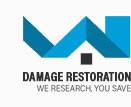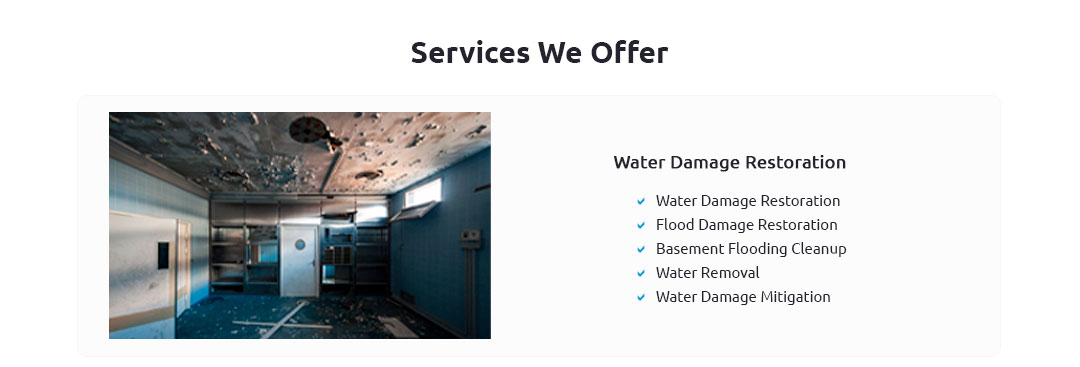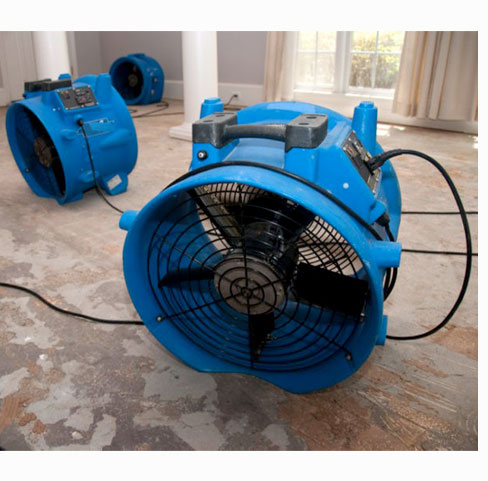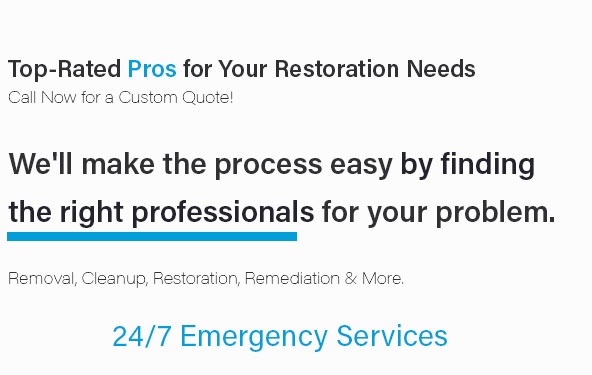 |
 |
 |
 |
|
|
 |
 |
 |
 |
 |
 |
 |
 |
 |
 |
 |
 |
 |
|
When disaster strikes, don't just settle for any repair service-choose the experts who transform chaos into calm with precision and care; whether it's water, fire, mold, or storm damage, our unparalleled home mold removal service stands as a beacon of reliability, restoring your sanctuary to its pristine condition with cutting-edge technology and unmatched expertise, because your home deserves nothing less than perfection.
https://www.hgtv.com/design/remodel/interior-remodel/mold-remediation-and-removal-costs
Mold remediation specialist will inspect ductwork, attic spaces, walls and even crawlspaces. The cost can average anywhere from $500 to $6,000 and is hard to ... https://www.coit.com/blog/healthy-home/how-do-mold-remediation-yourself-step-step-guide
How to Use: Mix one-quarter of a tablespoon of baking soda with water in a spray bottle. Spray the solution on the mold, scrub it off, then ... https://www.nyc.gov/site/doh/health/health-topics/mold.page
How to Prevent and Get Rid of Mold in the Home (PDF) Other Languages ...
|
